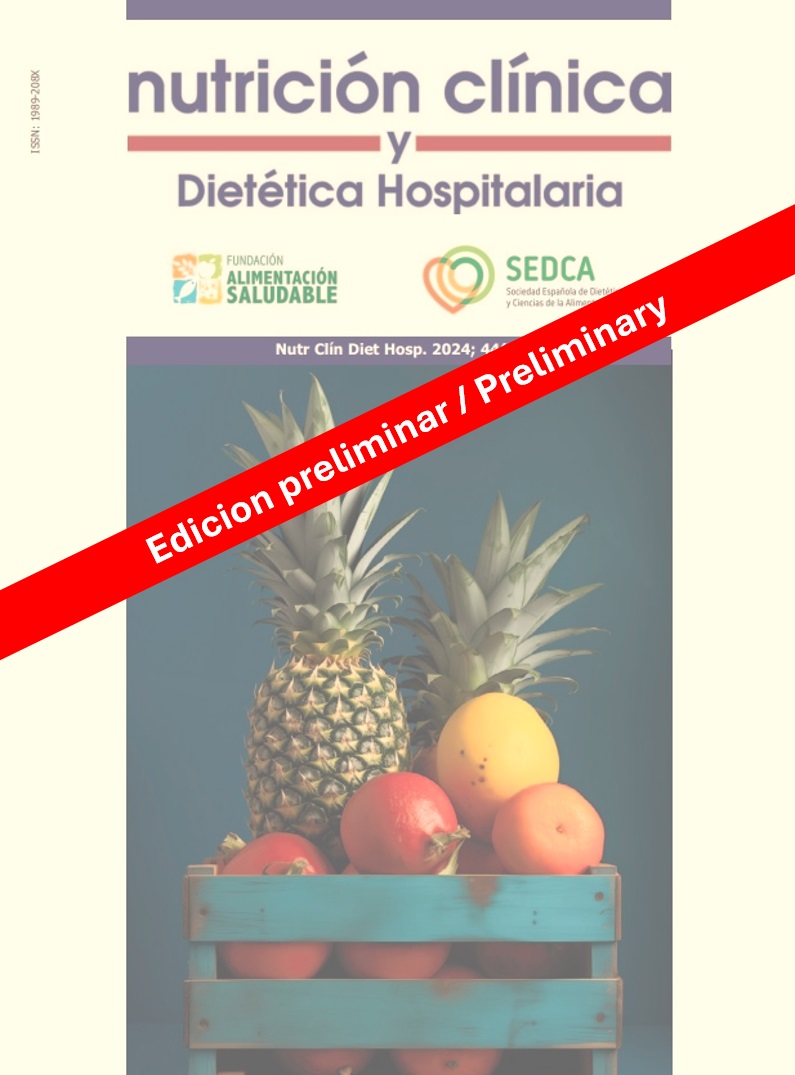Prevalence and factors associated with Relative Fat Mass in Peru: a cross-sectional analysis of the 2017–2018 national survey.
DOI:
https://doi.org/10.12873/452chaquilaKeywords:
Relative fat mass, obesity, Body fat percentage, adultsAbstract
INTRODUCTION: Obesity is a global health issue affecting both high- and middle-income countries, with Peru being among the affected nations. Relative Fat Mass (RFM) is a novel anthropometric indicator that estimates body fat percentage and has demonstrated superior diagnostic accuracy for obesity compared to other anthropometric estimators. Therefore, this study aimed to determine the prevalence of obesity according to RFM and its associated factors in Peru.
MATERIAL AND METHODS: An observational study with cross-sectional design was conducted. Data were analyzed from a nationally representative survey in Peru: The Food and Nutritional Surveillance by Life Stages 2017–2018 (VIANEV, by its Spanish acronym). Obesity was defined as RFM ≥ 40% in women and ≥ 30% in men. Descriptive, bivariate, and multivariate analyses were conducted, accounting for the survey’s complex design. To identify associated factors, a generalized linear model of the Poisson family was used, adjusting for potential confounders related to household characteristics and adult biochemical markers.
RESULTS: During 2017–2018, 59.38% of Peruvian adults were classified as obese according to RFM. The prevalence of obesity among women exceeded that of men by more than 40 percentage points. In the multivariate model, obese individuals had a 45% and 25% higher prevalence of metabolic syndrome and low HDL levels, respectively. Lifestyle habits were not significantly associated with obesity.
CONCLUSION: The prevalence of obesity according to the RFM in Peru is high, affecting 6 out of 10 adults, with women being the most susceptible. These findings show an unfavorable nutritional situation in Peru when using a new anthropometric indicator.
References
Downloads
Published
License
Copyright (c) 2025 Nutrición Clínica y Dietética Hospitalaria

This work is licensed under a Creative Commons Attribution-NonCommercial-NoDerivatives 4.0 International License.
Los lectores pueden utilizar los textos publicados de acuerdo con la definición BOAI (Budapest Open Access Initiative)



